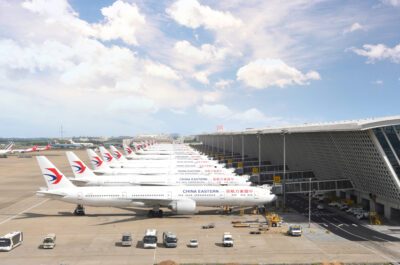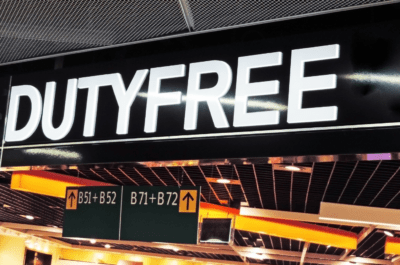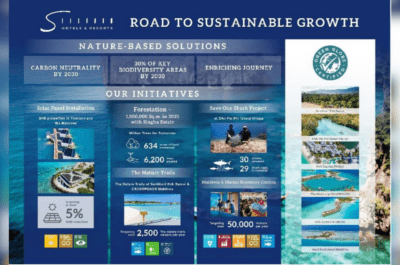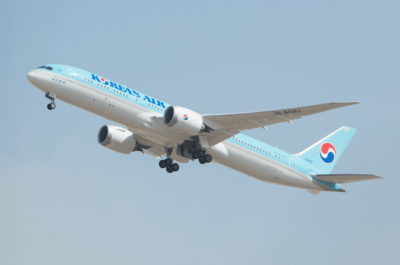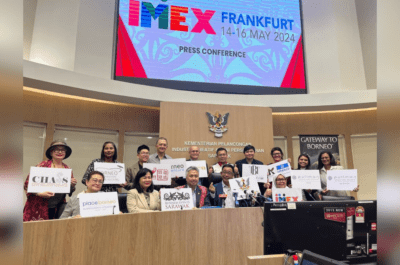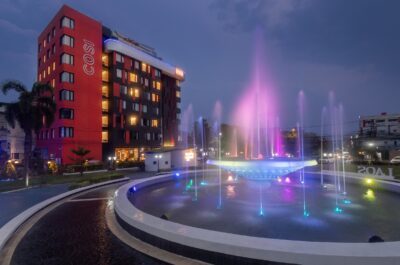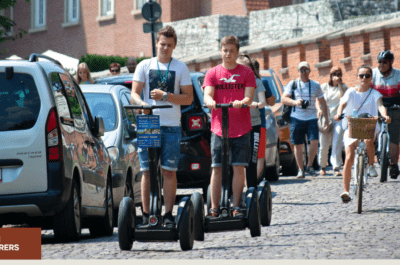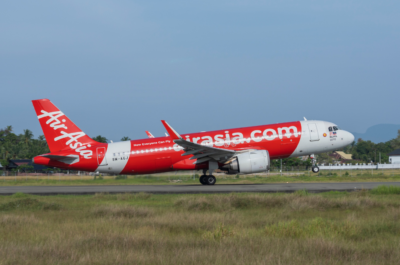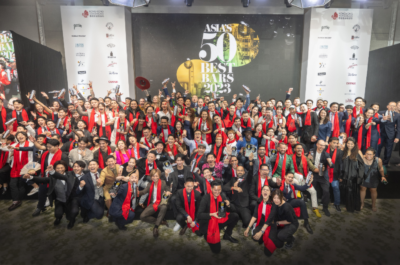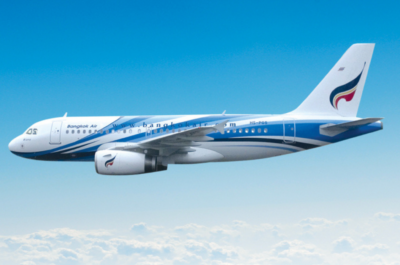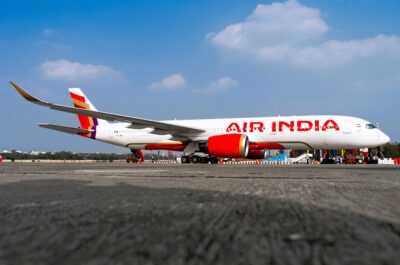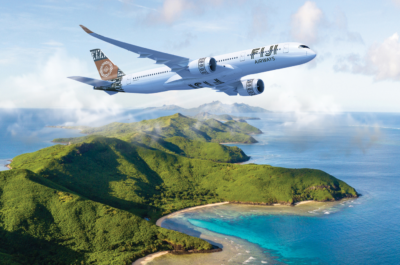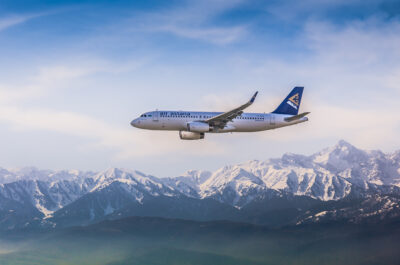…
Travel exhibitions will become more important than ever while Europe slows down as both a destination for tourists and a source of outbound visitors.
After three years of stagnant growth, international tourism experienced a spectacular rebound in 2004. According to the World Tourism Barometer, international tourist arrivals reached an all-time record of 760 million — up 10% on 2003.
Prospects for 2005 have been hit by the Asian tsunami, but according to this World Tourism Organisation report Asia-Pacific had the highest growth (29%) last year, which should help sustain the countries affected.
The Middle East (+21%) and the Americas (+10%) also grew strongly, while Africa (+7%) and Europe (+4%) performed below the world average.
Europe had the lowest growth of any region, with the excellent performance of countries in Central and Eastern Europe (+10%) and Northern Europe (+7%) offset by modest growth in Southern/Mediterranean Europe (+2%) and in Western Europe (+2%). The more mature destinations in the euro zone were particularly affected by increased competition from non-euro destinations.
A separate report shows that Europe is also stagnant for outbound travel. The World Travel Market Global Travel Report produced at the exhibition in London last November shows 4% growth in trips between January and August 2004, but a 1% fall in spending to 917 euros per person.
European travel shows get exhibitors and indeed visitors from all over the world, and a high percentage usually come from Europe. But many shows are seeing growth as exhibitors compete for the European visitor, and European countries increase their promotional efforts.
MITT in Moscow witnessed growth of 13% at this year’s show, with large growth from western European destinations as well as long-haul.
Frederique Maurell, senior events and sales manager of organiser ITE Travel Division, says: “More and more companies are looking to alternative markets and sectors. MITT and UITT offer companies direct access to the Russian and Ukraine markets, which are still showing substantial growth.
“As tourism in Western Europe slows down, the challenge is to develop new ways to reach the audience. Exhibitions are still recognised as the most efficient industry platform to come face-to-face with existing clients and prospects.”
The EMITT show in Istanbul is also growing, and director Hacer Aydin says many exhibitions are seeing new exhibitors from countries as diverse as Chile and Libya.
“Many countries used to participate only at ITB in Berlin and WTM in London, but nowadays we see them also in Moscow, Turkey, Ukraine, Serbia etc as they seek new markets,” she explains.
“People are looking for new, interesting and exotic destinations which they have never been to before. Many people never thought to go to Libya for a holiday, but Libya has started to make great promotion in Moscow and Turkey.
“We must pay more attention to new markets which are hungry for opening themselves to the world.”
The UTAZAS show in Budapest recorded 30% more exhibitors, responding to increased travel by Hungarians. Director and ITTFA chairman, Klara Tihanyi, says: “Tourism is growing worldwide and showing it can bounce back from a crisis.
“Overall there may be slow growth in Europe, but there are many emerging markets and low-cost airlines are increasing demand. All this is good news for trade fair organisers.”



